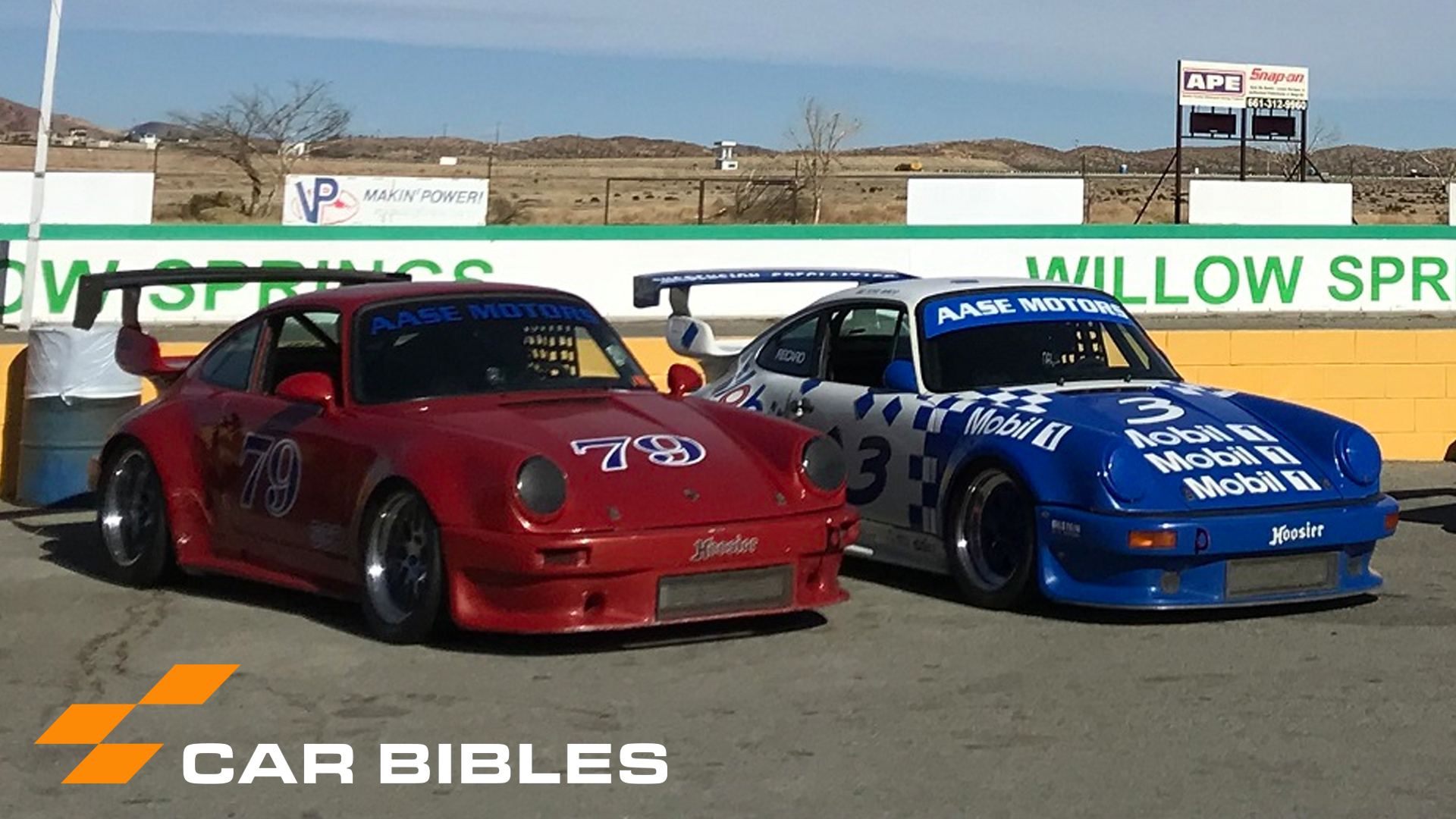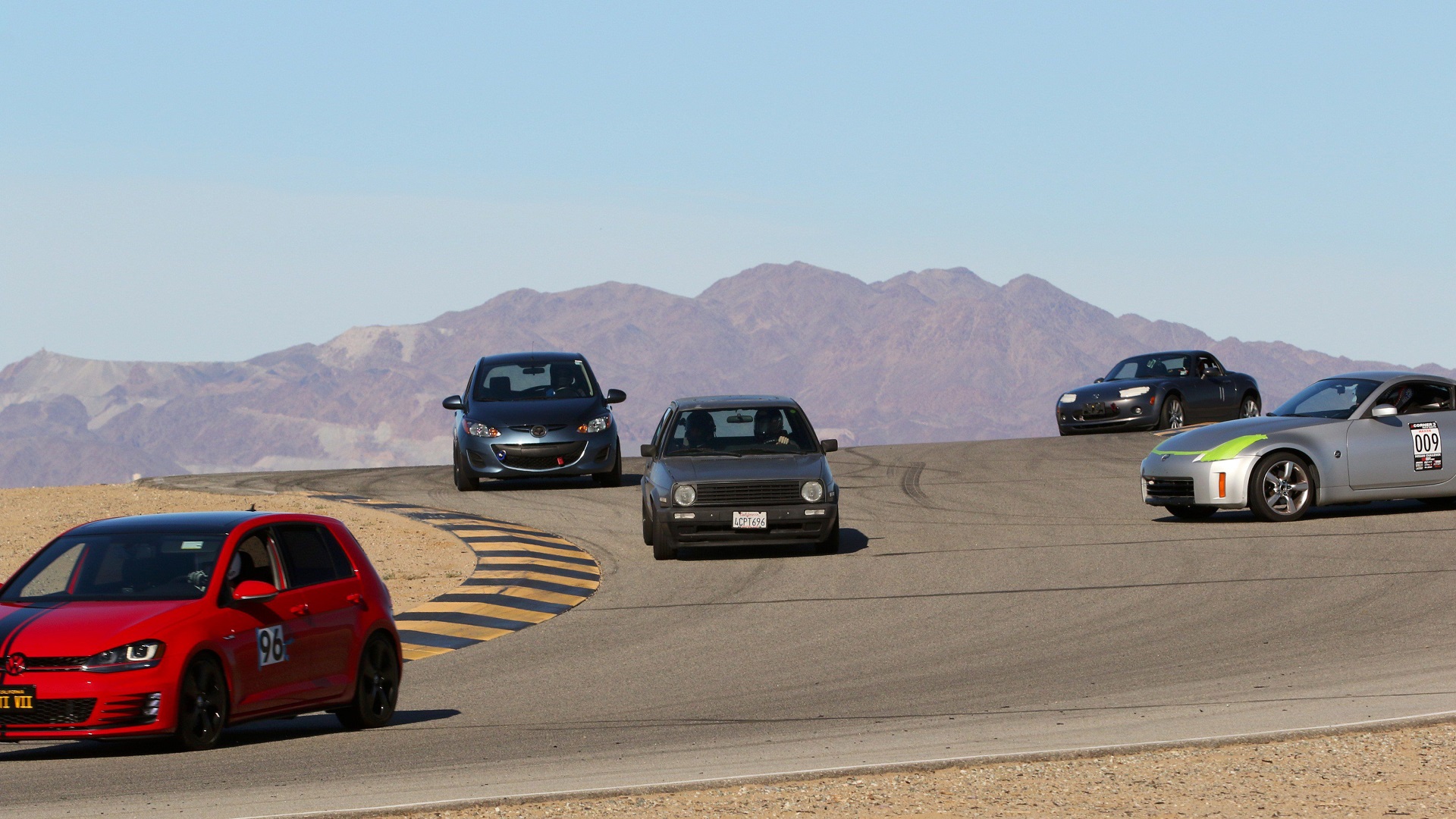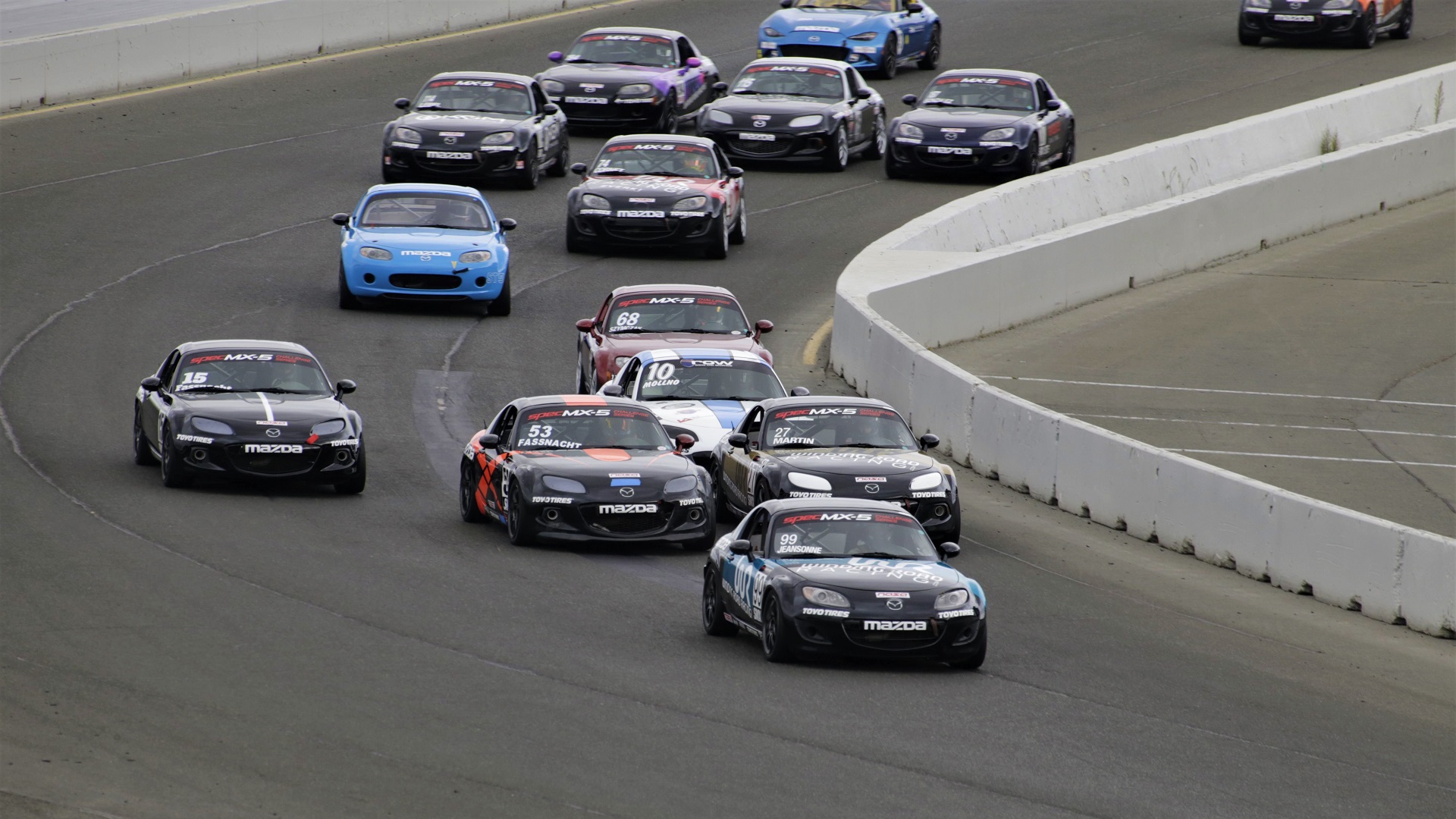

When it comes to track driving, even sticking to “basic” techniques gives you a lot to remember. But mastering these is what leads to consistency in lap times. And with consistency comes real speed.
More specifically, once you’re consistent you can step up to fine-tuning: Trying out different lines, altering braking zones, and more, to start significantly shaving seconds. If you want to pick up some speed, before adding HP to you car, try thinking about these concepts as you drive.

Peter Nelson is an author at Car Bibles, a coming-soon sister site to The Drive focusing on automotive adventures and DIY tips to help you get the most out of your car. That includes performance driving skills! Track days aren’t exactly “cheap” compared to hobbies like walking or video games but if your car’s in OK condition, this style of driving is more accessible than you might think. And none of the tips in this post specifically require expensive car upgrades. — Andrew P. Collins, Car Bibles EIC
Some of these basic techniques are more basic than others. No, they don’t name their children something that ends in –ayden and drink light beer; what I mean is, they’re even more fundamental in further developing one’s skills.
They’re also quite easy to forget if you don’t consciously practice them on track. I’m the number-one offender in this department. Even after tracking a ton over the years, I’ve had more than one driving instructor yell at me for not looking far enough ahead. Luckily, some of these basic skills complement each other, which definitely helps make learning them easier.
When you master following basic principles, consistency goes up and lap times go down.
Looking Ahead, Keeping Eyes Up
This one is absolutely crucial though very easy to forget. Sometimes on track, I’m so concerned with hitting an apex as closely as possible, or looking at the curb I’m about to jump, that I’m not looking down the track. Look where you want to go and your inputs will follow. Doing this can also be calming; I’m less scared of higher cornering speeds when I’m not looking directly at the tarmac right in front of me.
I’ve found that once I’m in fairly close proximity to an impending apex, my inputs are a lot smoother if I then move my eyes up and look for the next one. Keeping one’s eyes up also helps catch the rear-end if it starts to step out, front-wheel or rear-wheel drive.
Using the Entire Track
You paid to use the entire track for the entire day, so use the entire track. Don’t always try to cut the shortest line, but rather track out towards the edge, and use as much turning radius as you can to carry more speed through corners. This means trying to keep the steering wheel as straight as possible.
Though, depending upon the track, it’s not always the safest method.
Luckily, a lot of tracks have curbing that is safe to roll onto, or a smooth transition from the edge of the track onto the grass or dirt. Though, not always. Sometimes to prevent people from going far off the circuit to cut a shorter line, tracks will install what are often referred to as gators. Also known as rumble strips, these make it not worth your while to roll onto. They’ll jostle the hell out of you if you’re riding on stiffer suspension and even slow you down.
On other tracks, the tarmac might not be in the best shape. If you put one wheel off, it could damage a tire, wheel, or suspension component. Or, upset the car enough to cause a spin.

“Slow Hands”
This is applicable with a lot of techniques: be smooth with your inputs. Fast hands are needed for correcting a slide; slow hands ensure the tire’s contact patch is optimized and not over-worked.
This also piggybacks off of a concept above: a good way to be smooth and steady with your inputs is to keep your eyes up and look ahead.
This is crucial while trail-braking, which is braking and turning-in at the same time. Being too quick with steering inputs can cause oversteer, which can be a lot of fun, but isn’t ideal for getting through the track as quickly as possible.
Don’t Early-Apex Too Much
Early-apexing just means turning into a corner sooner. We actually instinctively do this a lot; it often feels better to get a lot of the turning done early so you can focus on other aspects of the corner. It’s a necessary method sometimes, but not something that universally drops lap times. It could cause having to slow down and over-correct later in the corner, or even barreling off-track.
Keep your eyes up and see through the corner, and then decide what kind of apex is required.
Don’t Coast
You’d think this one is easy to do, but it’s actually quite difficult; we’re so used to coasting on the street that it messes with our track driving.
Always either be on the gas or the brake (or both if you’re left-foot braking, but that’s for another post), even if it means just keeping your foot on the gas and not accelerating. One of my driving instructors once called this maintenance throttle. Balancing the throttle and brake can be tough to master, especially while trail-braking. But starting with “never coast, never!” gets you well on the way to doing so.
Occasionally, a slight lift of the throttle is needed to slow down just a touch, settle the car, or help a FWD car’s rear-end rotate through a sweeper. But it’s rare.
Like I mentioned above, some of these techniques help each other out. What’s also cool is you can practice them on the street, though be a bit more “three-tenths” about it and don’t mob too hard.
They’re best practiced on the track, especially when you’re not in a position to go for a personal best. Next time you find yourself stuck in traffic, or if ambient and track temperatures are too high to try and send it, dedicating a lap or two to each of these concepts can be really useful. Especially considering they’re universally-applicable to all kinds of cars.
Peter Nelson is an author at Car Bibles, a coming-soon sister site to The Drive focusing on practical tips and DIY advice to help you get the most out of your car. Look for a freshly redesigned Car Bibles in early 2021. Meanwhile check us out on Twitter, IG, and Facebook.